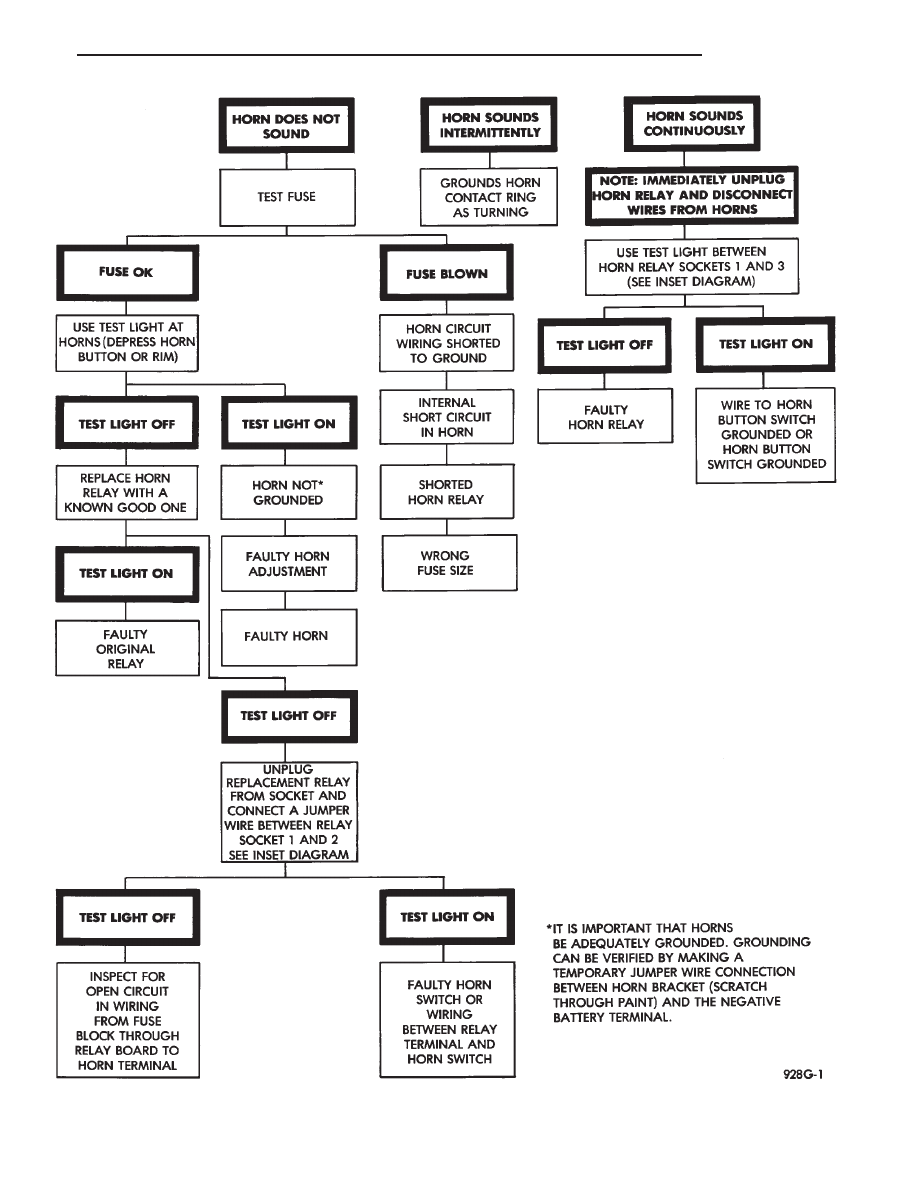Chrysler Town & Country/Voyager, Dodge Caravan, Plymouth Voyager. Manual - part 216

Fig. 5 Horn Diagnosis
.
HORNS
8G - 3
Index Chrysler Chrysler Town & Country/Voyager, Dodge Caravan, Plymouth Voyager - service repair manual 1992 year
|
|
|

Fig. 5 Horn Diagnosis . HORNS 8G - 3 |